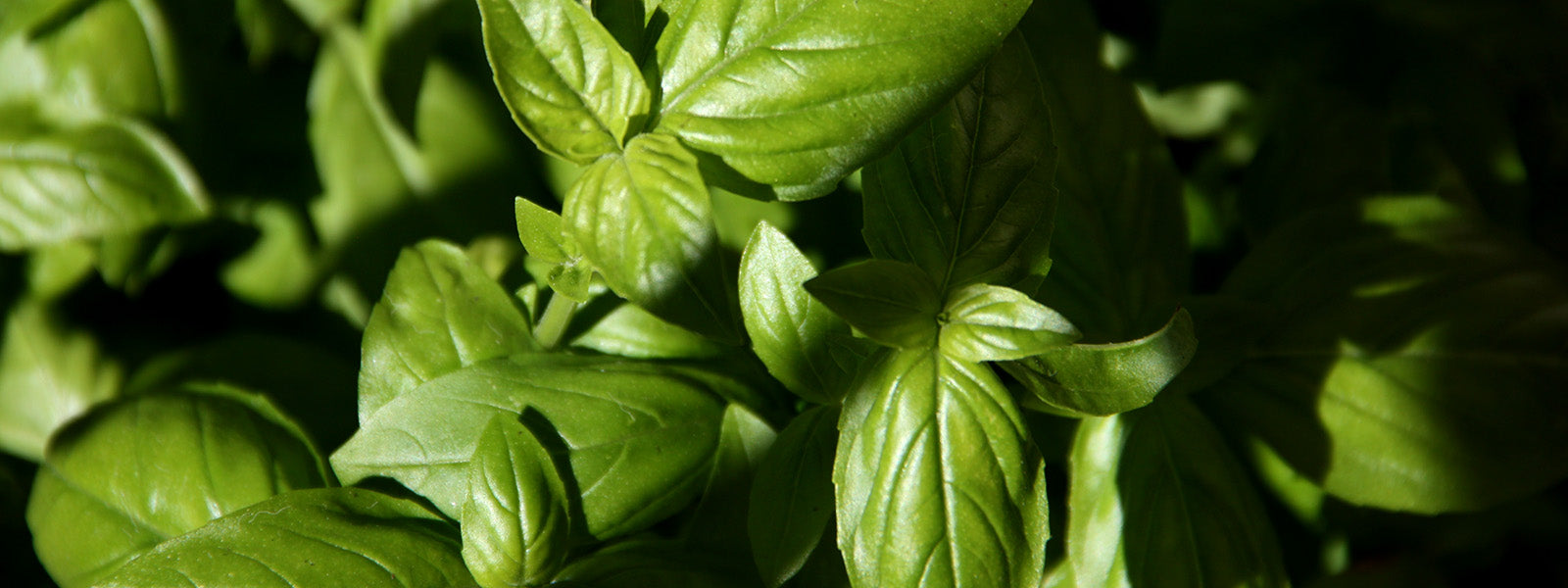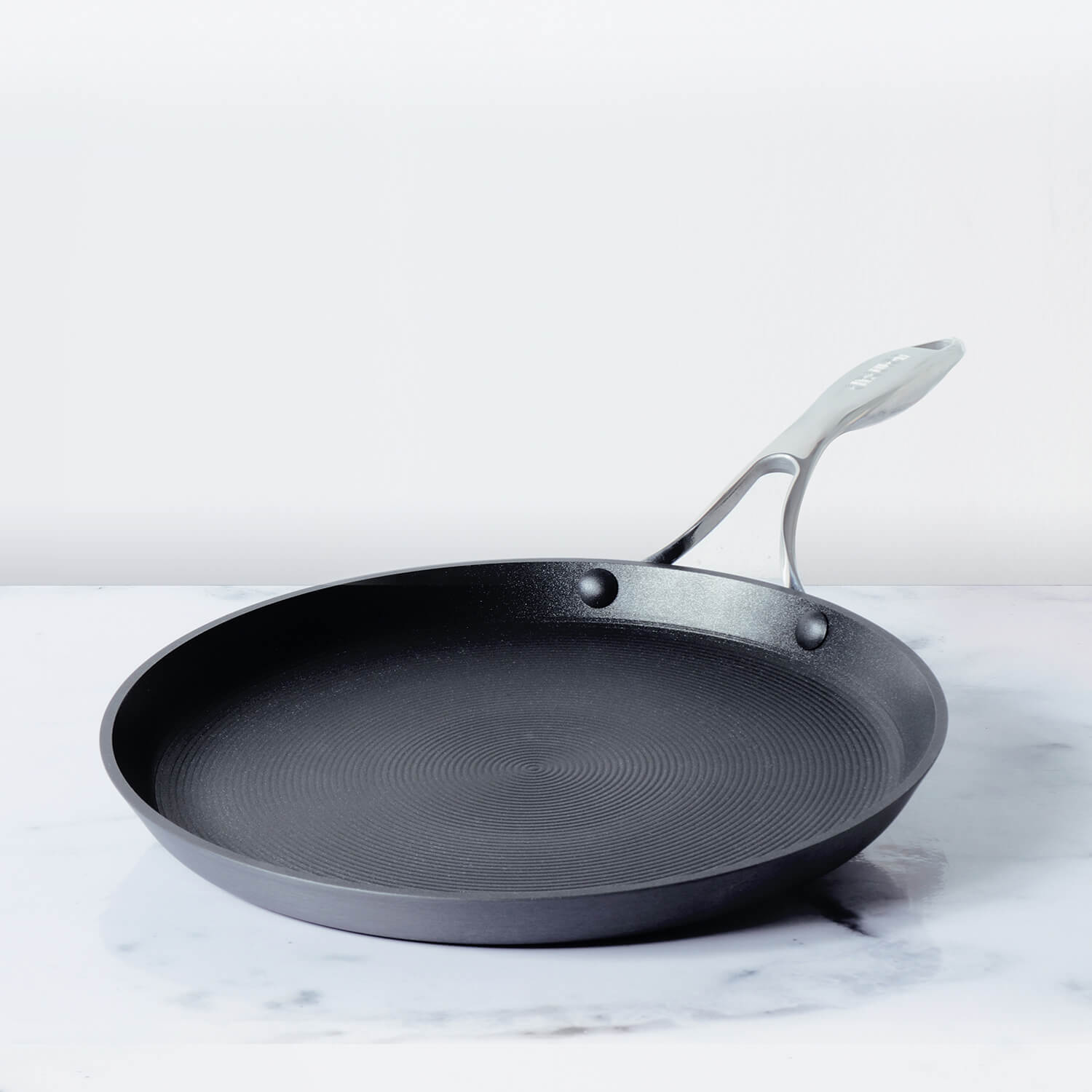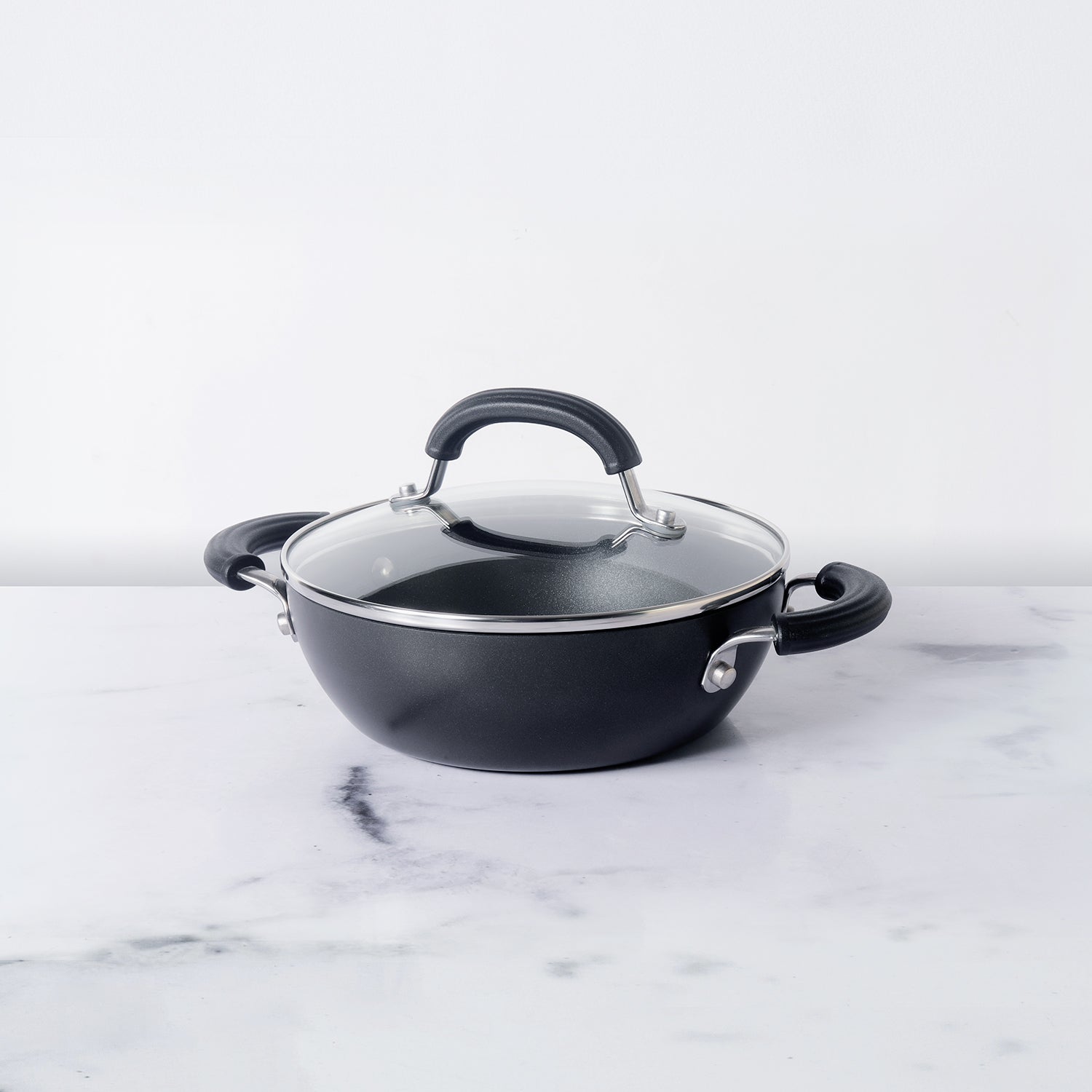Indian food is not complete without asafoetida, also known as hing, especially in curries and dals. It is a latex gum made from different varieties of the perennial ferula plant. Its distinctive flavour and scent can make any bland dish interesting. Additionally, it is well known for its many health advantages. Due to its carminative, antiviral, antibacterial, anti-inflammatory, sedative, and diuretic qualities, it occupies a significant position in traditional medicine. Asafoetida is referred to as the Food of the Gods due to its healing and medicinal properties.
Table of Contents
About Asafoetida:
The dried sap, also known as gum resin, is extracted from the roots of Ferula plants and is known as safoetida (Ferula asafoetida). It is frequently dried, made into a coarse, yellow powder, and used either in cooking or as medicine.
Asafoetida, also known as hing, is a ubiquitous ingredient in Indian cuisine despite being native to Afghanistan and Iran. Because of the high concentration of sulphur compounds in it, asafoetida is well recognised for its powerful, pungent flavour when used as a condiment. In fact, it's commonly referred to as stinking gum because of its foul odour.
But when cooked, its flavour and scent improve dramatically and are sometimes compared to those of leeks, garlic, and even meat.
Hing is a substance used in Ayurvedic medicine to treat kidney stones, bronchitis, and gas as well as to help with digestion. Some individuals in the Middle Ages wore the dried gum around their necks as a preventative measure against illness and infection.
Health benefits of Asafoetida:
Aids in digestion
Due to its antispasmodic and anti-inflammatory characteristics, asafoetida, also known as hing, has been used as a medication for centuries to treat stomach ailments like gas, bloating, IBS, intestinal worms, and flatulence. Add a pinch of hing to gravies and dals to consume every day. Another choice is to mix some hing with water and consume it regularly.
Helps in respiratory issues
Due to its anti-inflammatory, anti-viral, and antibacterial properties, asafoetida may also aid in treating respiratory problems including asthma, bronchitis, dry cough, and others. Additionally, it aids in phlegm release and chest congestion relief. All you have to do is mix asafoetida and water into a paste and apply it to your chest. Asafoetida, dried ginger powder, and honey can also be combined. To obtain relief from respiratory problems, consume this combo.
Lowers blood pressure
Asafoetida is a well-known natural blood thinner that has the potential to reduce blood pressure. It is loaded with coumarin, a substance that helps to increase blood flow and prevents the development of clots.
May reduce menstrual cramps
Menstrual cramps and soreness in the lower abdomen and back may be lessened by asafoetida. Being a natural blood thinner, it facilitates smooth blood flow without negatively affecting any aspect of your body. Additionally, it increases progesterone release, which encourages smooth blood flow and lessens discomfort. Take a cup of buttermilk with a pinch of asafoetida, fenugreek powder, and salt when your period comes.
Helps in headache
Since asafoetida contains anti-inflammatory qualities, it can lessen headaches by reducing irritation of the blood vessels in the head. All you have to do is warm some water with a pinch of asafoetida. For best benefits, sip on this mixture many times daily.
Great for glowing skin
The oxygen flow to face tissues that gives your skin a bright shine is increased with the aid of asafoetida. To make a paste, combine asafoetida with water or rose water; you may also add some powdered sandalwood. To gain benefits, regularly apply this to your face.
Adds lustre to hair
Asafoetida's moisturising qualities may work wonders for dry, frizzy hair. Apply a yoghurt, almond oil, and hing hair mask on your hair. After leaving it on for an hour, wash it off with lukewarm water.
Culinary uses of asafoetida:
Asafoetida or hing is frequently used in vegetable dishes and lentil curries like dal when combined with turmeric. Asafoetida can be used to counteract too sour, sweet, salty, or spicy dishes. Additionally, it serves as a pickling agent.
Asafoetida is mostly utilised for its digestive effects in Indian cuisine. It is added to meals that are regarded to be gaseous or gas-producing in nature, including curries and beans, to make them simpler to digest. It is prohibited from being consumed alongside onion and garlic, which are believed to cause lethargy, in accordance with yogic principles.
Asafoetida is a highly strong spice, so you only need a tiny bit. Usually, a small amount will have a significant influence on the overall meal. In order to lessen its bitterness, it should also be added during cooking; it should not be sprinkled on top of the prepared meal.
You may either use one of these two approaches to add asafoetida to a pot of lentils or beans:
- A pinch of asafoetida should be sautéed in your favourite fat for one to two minutes over medium heat (until it begins to smell onion-like), after which you should whisk in the water, beans, and any additional seasonings, and simmer.
- Legumes can be cooked as you choose. Stir a sprinkle of asafoetida into your pot of beans or lentils after sautéing it for one to two minutes in your favourite fat (until it begins to smell like onions) in a separate small pan.











Leave a comment